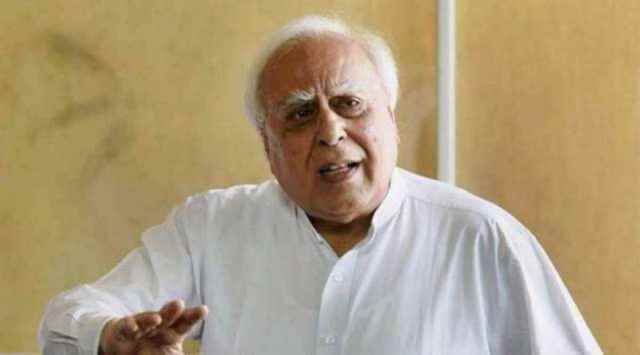
In an unusual turn of events, the fate of Indian football franchises is becoming increasingly entwined with the fortunes of the national team, urging a pivotal need to embrace a more cohesive club culture. As national team coach Igor Stimac has become a vocal advocate for change, his impassioned pleas for better organization and opportunities for the Indian team have ignited a broader conversation about the symbiotic relationship between the country’s football clubs and its international prospects.
When Igor Stimac assumed the role of India’s head coach, it’s doubtful that he anticipated that a significant aspect of his responsibilities would involve making heartfelt public appeals, complete with folded hands and heart emojis, for the most basic necessities. Yet, his tenure has seen him appealing to the All India Football Federation (AIFF) for matches against formidable opponents, and even reaching out to the Prime Minister to secure the national team’s participation in the Hangzhou Asian Games.
Stimac’s actions have underscored the critical state of Indian football, where the success and growth of club franchises are inseparably linked to the trajectory of the national team. This interdependence necessitates a more integrated approach to the sport, where clubs and the national team work in harmony to nurture talent, enhance performance, and elevate the stature of Indian football on the global stage.
The coach’s appeals reflect the larger reality that India is yet to fully embrace a robust club culture that aligns with the nation’s footballing ambitions. While the Indian Super League (ISL) and I-League have injected fresh energy into the domestic scene, there remains a disconnect between the goals of these clubs and the national team’s objectives. This disparity has hindered the development of homegrown talent and impeded the seamless transition of players from club to country.
Igor Stimac’s plea for more meaningful and competitive matches for the national team addresses a core issue: the need for regular high-quality fixtures that challenge and refine the skills of Indian players. Such matches not only sharpen the squad’s abilities but also expose them to the demands of top-level football. The success of the national team is a shared aspiration, and it rests upon the foundation of a strong and competitive domestic league that can nurture talent capable of competing on the international stage.
As Stimac advocates for improved communication and cooperation between clubs and the national team, his message resonates with the broader imperative for a football ecosystem that nurtures talent from grassroots to glory. The coach’s concerns about missing out on key tournaments due to organizational missteps highlight the importance of efficient coordination between various stakeholders, including clubs, federations, and government bodies.
In the realm of club football, India needs a transformative shift that aligns club objectives with the greater goal of advancing Indian football on the global platform. This transformation involves investing in grassroots development, creating robust scouting networks, and establishing academies that produce top-tier talent. It also demands fostering a cohesive pathway for players to seamlessly transition from youth systems to professional club setups and ultimately to the national team.
Stimac’s involvement in pushing for better opportunities for the national team also underscores the need for Indian football to build a reputation for itself internationally. This begins with consistently strong showings in regional competitions and qualifying tournaments, which not only elevate the country’s footballing standing but also attract attention from global scouts and recruiters. In this endeavor, the concerted efforts of clubs and the national team are pivotal.
The coach’s appeals are not just isolated requests; they represent a call to action for the entire Indian football ecosystem. As Stimac emphasizes the significance of the Hangzhou Asian Games, he indirectly underscores the necessity of a synchronized and comprehensive approach that considers the interests of all stakeholders involved in Indian football.
In conclusion, Igor Stimac’s appeals and interventions on behalf of the Indian national team serve as a wake-up call for Indian football clubs to prioritize the harmonious development of the sport. The success of both clubs and the national team is inextricably linked, demanding a concerted effort to bridge the gaps and align objectives. By heeding Stimac’s message and working collaboratively, Indian football has the potential to evolve into a force to be reckoned with on the global stage, leaving a lasting legacy of excellence and unity.









